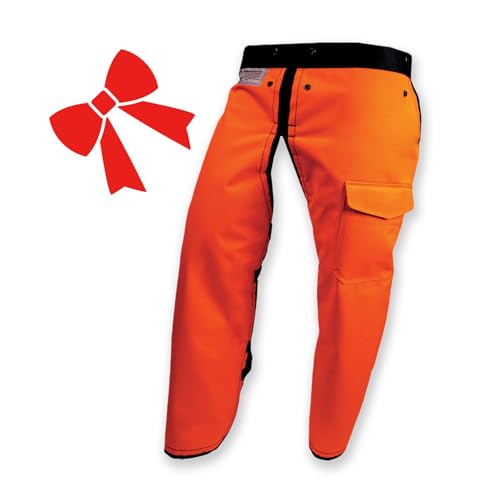Matildasmate
ArboristSite Operative
- Joined
- May 1, 2007
- Messages
- 454
- Reaction score
- 45
Can anyone tell me what speed they get out of there csm , ft a minute , roughly , This could be useful info . what size cut , hp or cc and so on , also what chain angles . Im currently using WoodsmenPro(Carlton chain)2-3' a minute roughly , havn't timed it ,18-24" cut , sharpened at 15deg's x 45deg's , 91.5cc . Cheers MM

























































 . Vast improvement in finish, speed and lumber yield over 3/8 and .404.
. Vast improvement in finish, speed and lumber yield over 3/8 and .404.